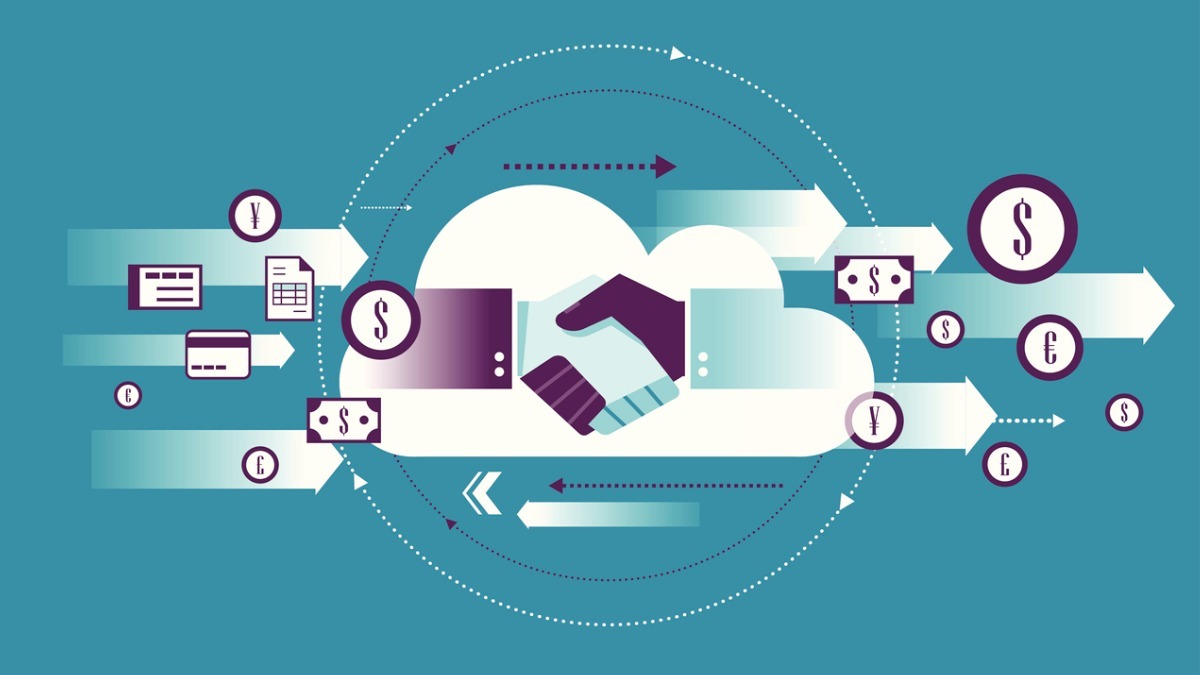Banking on cloud: the future of payments infrastructure
Sponsored by Form3
Payments are a fundamental part of society and the global economy. It is estimated that the global digital payments industry will hit $6.6 trillion in transaction value in 2021, almost a 22 per cent increase year-on-year. In the next four years, the digital payments market is set to reach a staggering $10.5 trillion value.
Yet despite the extraordinary growth, recent innovations in payments have taken place in the frontend, with mobile apps and e-commerce models delivering new ways in which to initiate a payment. But there has been little innovation in the backend – the processing engine that forms the core payments infrastructure.
The systemic shift in the way payments are initiated globally means real-time (millisecond) transaction processing is now deemed the new standard. Gone are the days of batching payments to the end of the day, or clunky legacy systems that mean your payment arrives a few hours later.
New European initiatives such as open banking and request to pay mean that real-time payment processing is accelerating globally and will continue to do so.
So the pressure is now on for legacy providers to overhaul their technology and business models, not only to handle increasing transaction volumes and enable real-time processing brought on by the rapid shift to account-based payments, but also to remain competitive against digital challengers and specialist providers.
Payments will not get simpler – there will be more ways to pay, and challenging distributed payment types will be typical in the future. Flexible technology is something all financial institutions will need to take advantage of.
Technology no longer needs to be owned, managed and deployed by financial institutions: it does not make sense for them to continue managing their own tech stack in a very opaque manner.
Cloud native technology provides speed, scale, resilience and repeatability. The new building blocks for enabling rapid change and scaling for financial institutions are APIs, microservices and containers. The shift in the way banks think about platforms is growing, and the direction of travel is towards a mutalised payments environment.
Fintechs and payment technology providers enable easy integration to standardised API-driven platforms which also plug into central banking infrastructures for universal access to payments schemes.
An easy way to adopt complicated services for customers.
Certainly in the UK, banks are now accelerating their payments modernisation programmes, partnering up to transition their payments infrastructure to a cloud-based platform model. Europe is poised to follow, making the shift to capitalise on the cost, risk, scale and resilience advantages that only cloud infrastructure brings.
Gone are the days of heavily customised, bespoke platforms that lock in customers and biannual release schedules and disruptive migrations. Today, mutualisation and streamlined, shared API-based functionality for the benefit of all is the future of payments.
Find out more about transitioning to a cloud based payments infrastructure here.
by Steve Cook, CTO, Form3

Business Reporter Team
Most Viewed
23-29 Hendon Lane, London, N3 1RT
23-29 Hendon Lane, London, N3 1RT
020 8349 4363
© 2024, Lyonsdown Limited. Business Reporter® is a registered trademark of Lyonsdown Ltd. VAT registration number: 830519543
Join the Business Reporter community today and get access to all our newsletters, and our full library of talk show episodes
Join the Business Reporter community today and get access to all our newsletters, and our full library of talk show episodes





